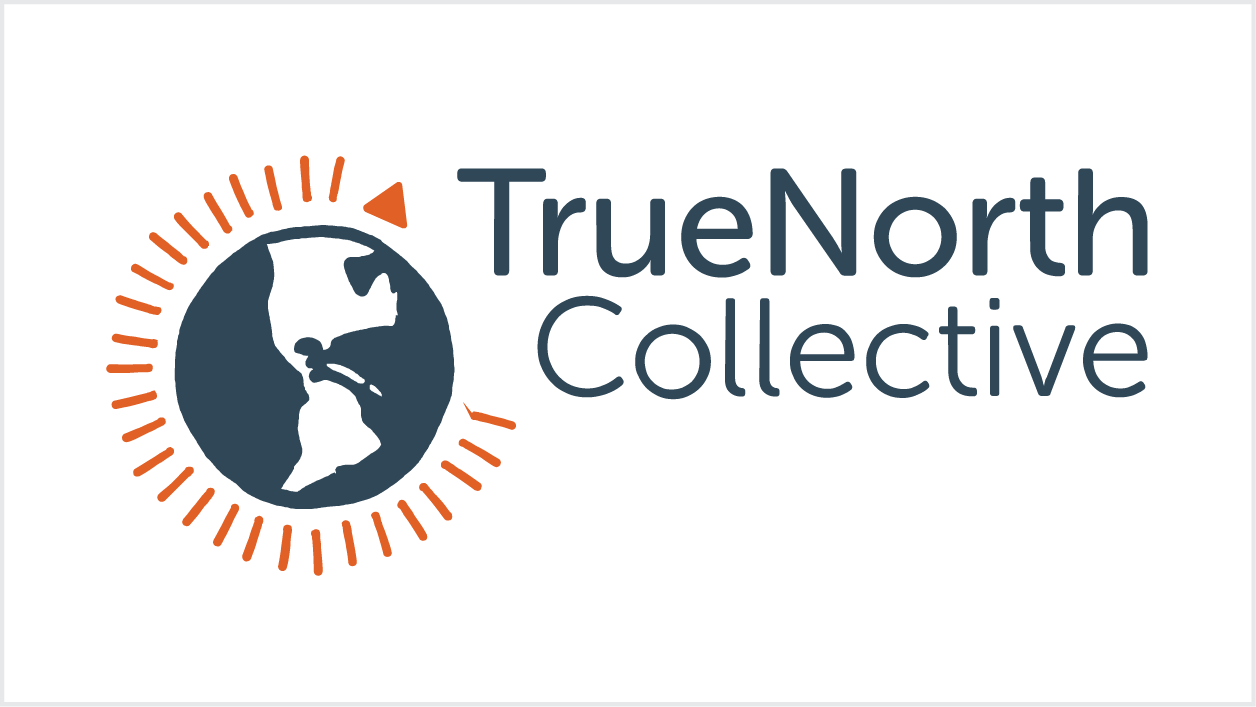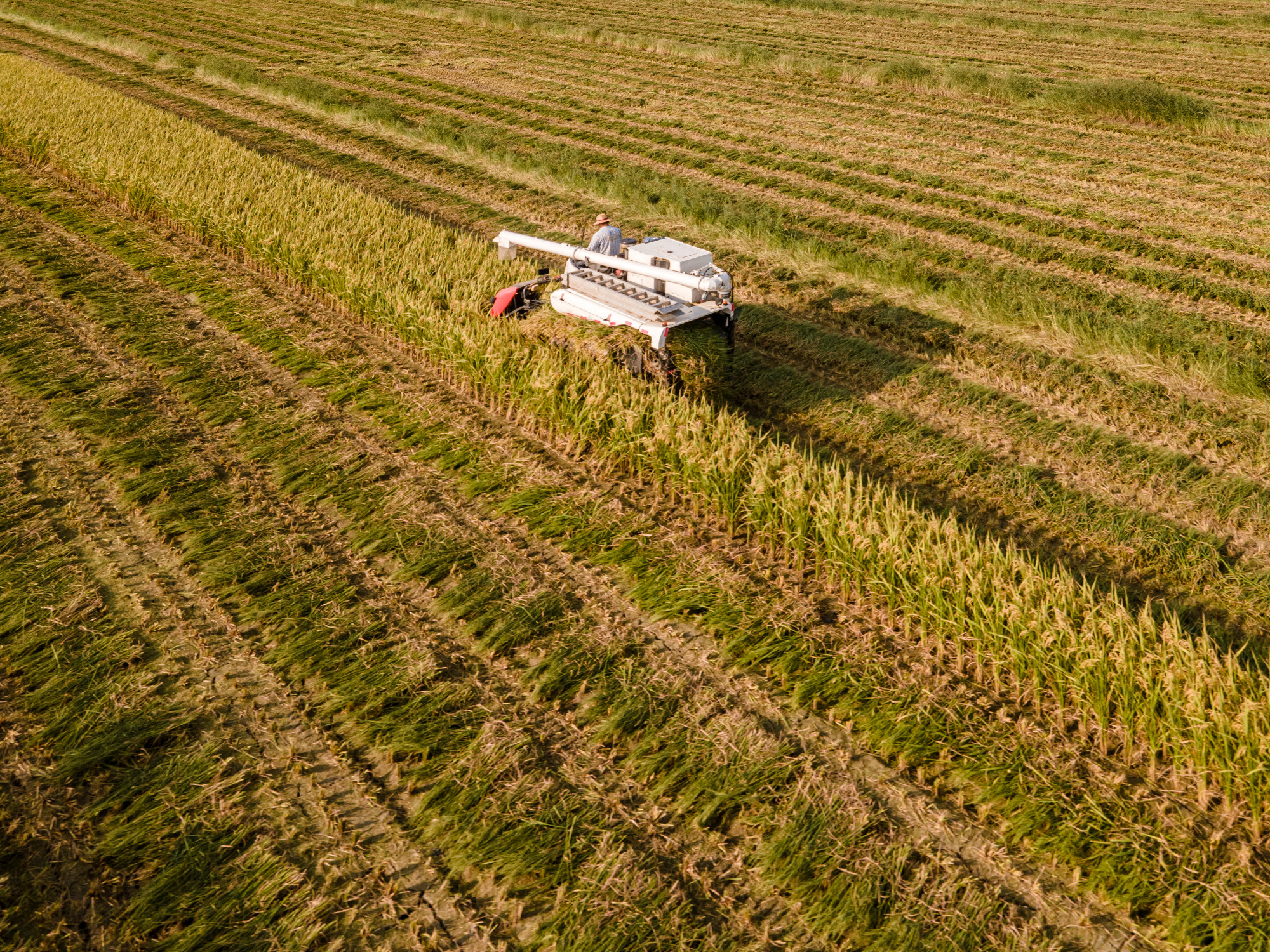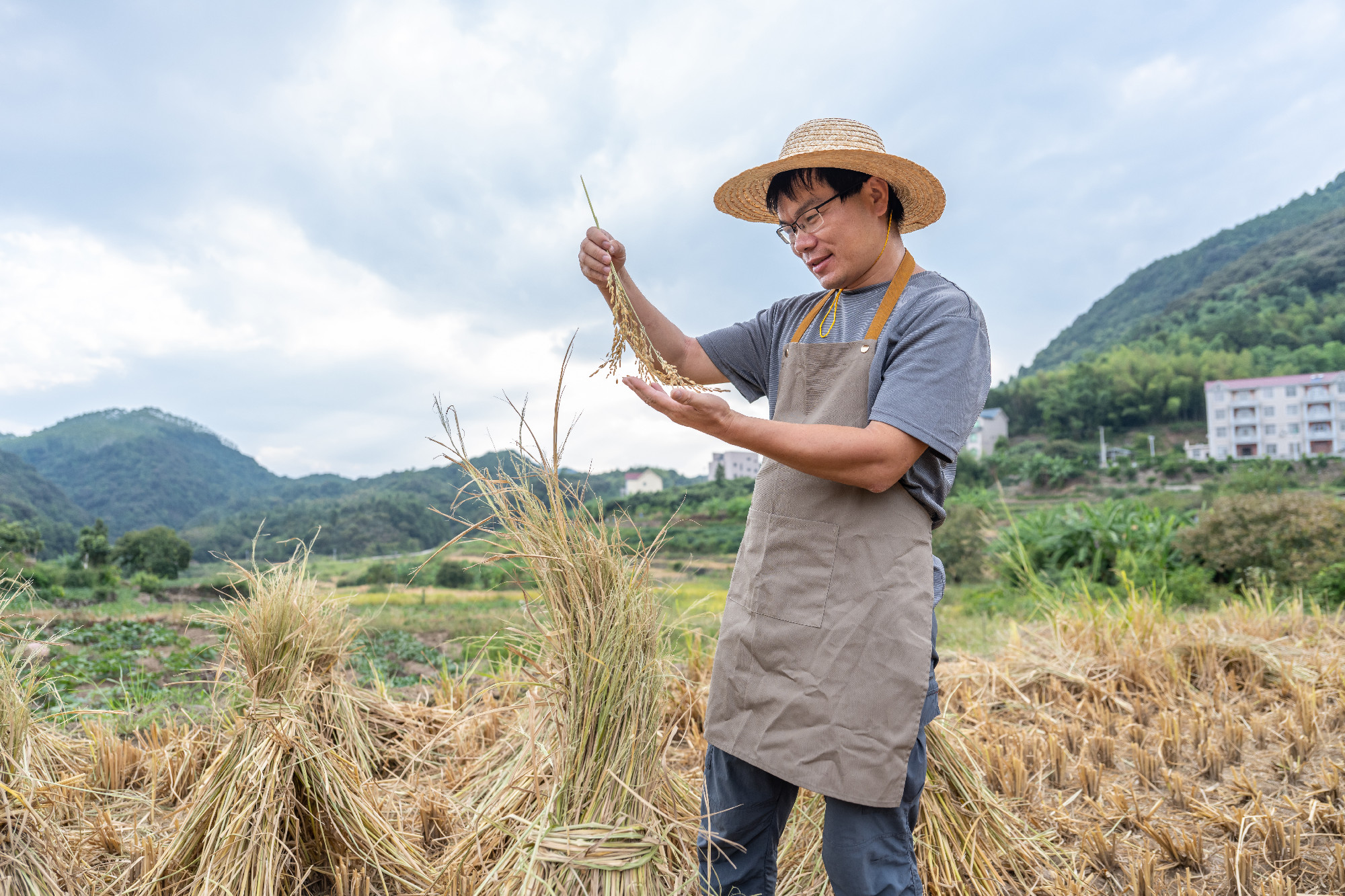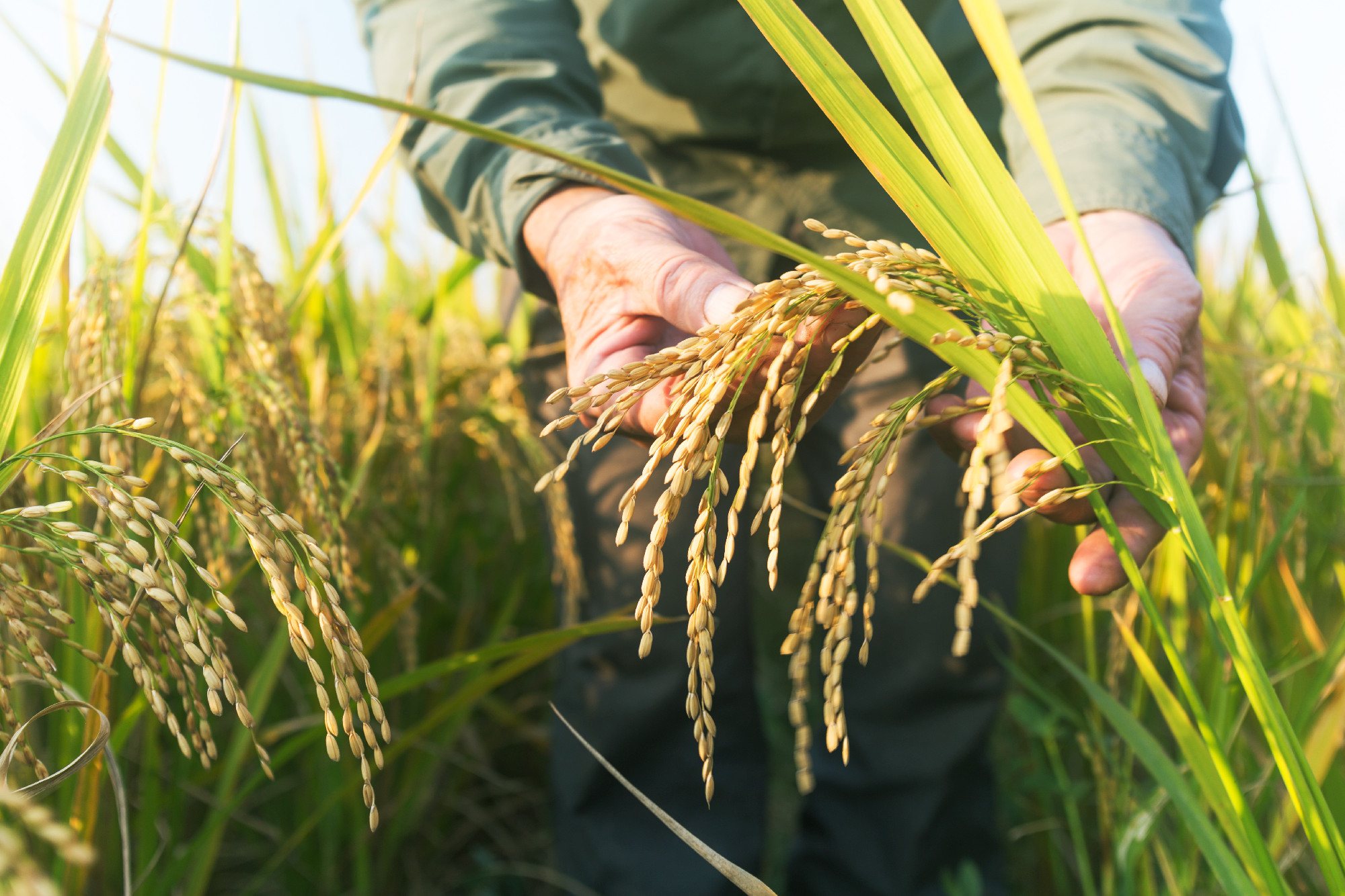Introduction
Sustainability is a primary driver in our crop protection product development process
Each product from our pipeline is carefully evaluated for multiple sustainability criteria, and there are high standards for every product. The use of Rinskor™ active to control weeds in rice production demonstrates Corteva's development and delivery of sustainably advantaged products to farmers.
Rinskor active has a reduced environmental impact because it breaks down rapidly in soil, in water, and in the tissue of tolerant plants like rice. With Rinskor, farmers can use up to 150 times less active ingredient to control weeds, compared with many other herbicides such as propanil.
Farmers can apply 10-30 g ai/ha (active ingredient per hectare) of Rinskor to their crops and achieve control over a broad spectrum of yield-robbing weeds. In comparison, farmers need to use 3,300 - 7,200 g ai/ha of Propanil to achieve similar weed control. It has an excellent human health profile and breaks down quickly in the environment, minimizing impact to soil and water, and virtually eliminating concerns about residues. In addition to the many benefits Rinskor offers to farmers, it was of interest to quantify the climate change benefit of Rinskor's low use rate compared to common herbicides in the market using Life Cycle Assessment (LCA) framework.
Rinskor active, a herbicide discovered by Corteva Agriscience, is extremely effective on many broadleaf weeds, grasses and sedges. Rinskor is an arylpicolinate herbicide, which is part of the synthetic auxins group. Synthetic auxins control weeds by regulating their growth. While some other herbicides are also synthetic auxins, Rinskor works in a distinct way, binding to specific receptors unique from other herbicides. This is why Rinskor is able to control weeds that have demonstrated resistance to other herbicides and is used at much lower use rates. While some herbicides used in rice production must be applied at levels measured in kilograms per hectare, use rates for Rinskor are many times lower, at just grams per hectare.
Background of life cycle assessment study (environmental impacts, data, peer review)
A single-impact LCA has been completed to understand how the product carbon footprint of Rinskor™ compares with propanil, a higher use rate alternative. While these herbicides are used globally for many different crops, this LCA focuses on rice applications in China and the two herbicides are compared on the functionally equivalent basis of one hectare of land.
Various process improvements for Rinskor production were also included in the analysis.
All data for Rinskor were collected internally or via our third-party suppliers. These data range from laboratory-scale results to full-scale production metrics. Use of lab-scale data is a known limitation of this study and Corteva is committed to refining the backend Life Cycle Inventory (LCI) data as appropriate.
Secondary data was used for propanil and raw material production. These data were obtained from Ecoinvent v3.9.1 and DATASMART. The LCA modelling was completed using SimaPro 9.5.0.1 software.
TrueNorth Collective completed a third-party critical review of the Rinskor active life cycle assessment report in 2024 that follows, but does not comply with, ISO 14044 requirements for supporting comparative assertions. TrueNorth Collective is not responsible for any interpretations, claims, or representations made from this report.




